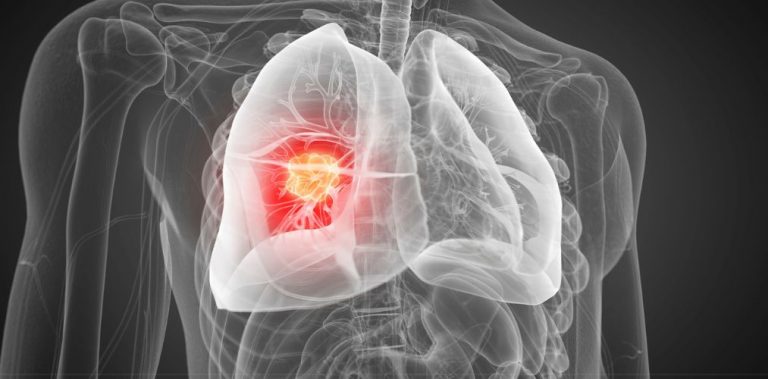Combatting an Uncomfortable Issue
Varicose veins are twisted and enlarged veins that appear just under the skin’s surface that commonly occur in the legs, although they can happen anywhere in the body. While varicose veins are not considered a serious medical condition, they can be uncomfortable and unsightly.
A milder form of varicose veins, known as spider veins, are smaller than varicose veins and typically resemble a spider web. Spider veins are red or blue and are typically found on the legs and face just under the skin. In this blog, we’ll talk about how to prevent varicose veins, but first, let’s delve into their symptoms and causes.
Symptoms of Varicose Veins
Common symptoms of varicose veins include:
- Dark blue or purple veins.
- Twisted veins that look like cords on the skin.
- Skin color changes around the affected vein(s).
- Rash.
- Itchy, dry skin.
- Leg sores.
- Burning, aching or a heavy feeling in the legs.
- Increased discomfort after prolonged sitting or standing.
Causes of Varicose Veins
Varicose veins are caused by increased blood pressure in the veins. Various factors may increase the blood pressure in the veins and lead to varicose veins, including:
- Obesity.
- Older age.
- Female sex.
- Sedentary lifestyle.
- Pregnancy.
- Injury to the leg.
- Smoking.
- Taking birth control pills or hormone replacement therapy (HRT).
- Family history of varicose veins.
Varicose Vein Prevention
While you may not be able to prevent varicose veins, there are some lifestyle changes you can make to minimize your risk of developing them, including:
- Avoid prolonged sitting or standing – prolonged sitting or standing makes blood flow in your legs difficult because the blood has to travel against gravity, causing the pressure in your veins to increase. This can lead to blood pooling in your lower extremities and cause swollen and achy calves and feet. Take regular breaks to stretch your legs and walk around to prevent blood from pooling in your legs and encourage blood flow. If you cannot get up and move around, you can try exercising in a seated position by stretching your ankles by moving them in circles or an up-and-down motion and doing seated marching movements.
- Elevate your legs – elevating your legs helps to increase blood flow to your heart and prevent blood from pooling in your legs.
- Eat a healthy, balanced, low-salt diet – choose complex carbohydrates, healthy fats and lean protein food options. Choose low-salt, high-fiber and high-potassium food options to improve heart health and blood circulation.
- Stay hydrated – consuming adequate water can help ensure proper blood flow in the body.
- Maintain a healthy weight – losing extra pounds helps to decrease blood pressure in your veins.
- Exercise regularly – engaging in regular physical activity that gets your heart pumping, such as brisk walking, jogging or cycling, can help improve blood flow.
- Wear compression socks or stockings – these products apply pressure and help to encourage proper blood flow in the lower extremity. There are various levels of compression, ranging from mild to extra firm, it’s best to speak to a medical professional to get the right compression level.
- Avoid tight clothing – wear clothing that fits properly to encourage optimal blood flow.
What is Deep Vein Thrombosis (DVT)?
Deep vein thrombosis, or DVT, is a serious medical condition whereby blood clots form in the deep veins. While deep vein thrombosis typically doesn’t happen with varicose veins because varicose veins usually affect the veins close to the surface of the skin, there is a small chance of developing a DVT in cases of severe varicose veins. Therefore, it’s important to be aware of the symptoms of DVT, including pain, swelling and redness of the affected area (most commonly the lower leg, although it can happen in the arms or other parts of the body).
Another condition to be aware of is a pulmonary embolism (PE), which happens when a piece of a blood clot breaks off and travels to the lung. A pulmonary embolism is a serious medical condition that may lead to death. Symptoms of PE include chest pain, difficulty breathing, increased heart rate, sweating and fainting.
If you notice symptoms of a blood clot, it’s important to consult with a healthcare provider promptly, and if you notice symptoms of a pulmonary embolism, call 911 or seek emergency care immediately.
Conclusion
While varicose veins are not considered a serious medical condition, they can lead to discomfort and negative self-image in some individuals. In some cases, varicose veins cannot be prevented, but there are some steps you can take to minimize your risk of developing them. Making simple lifestyle changes, as outlined above, can go a long way to improving blood flow in the body, which may help prevent varicose veins.

